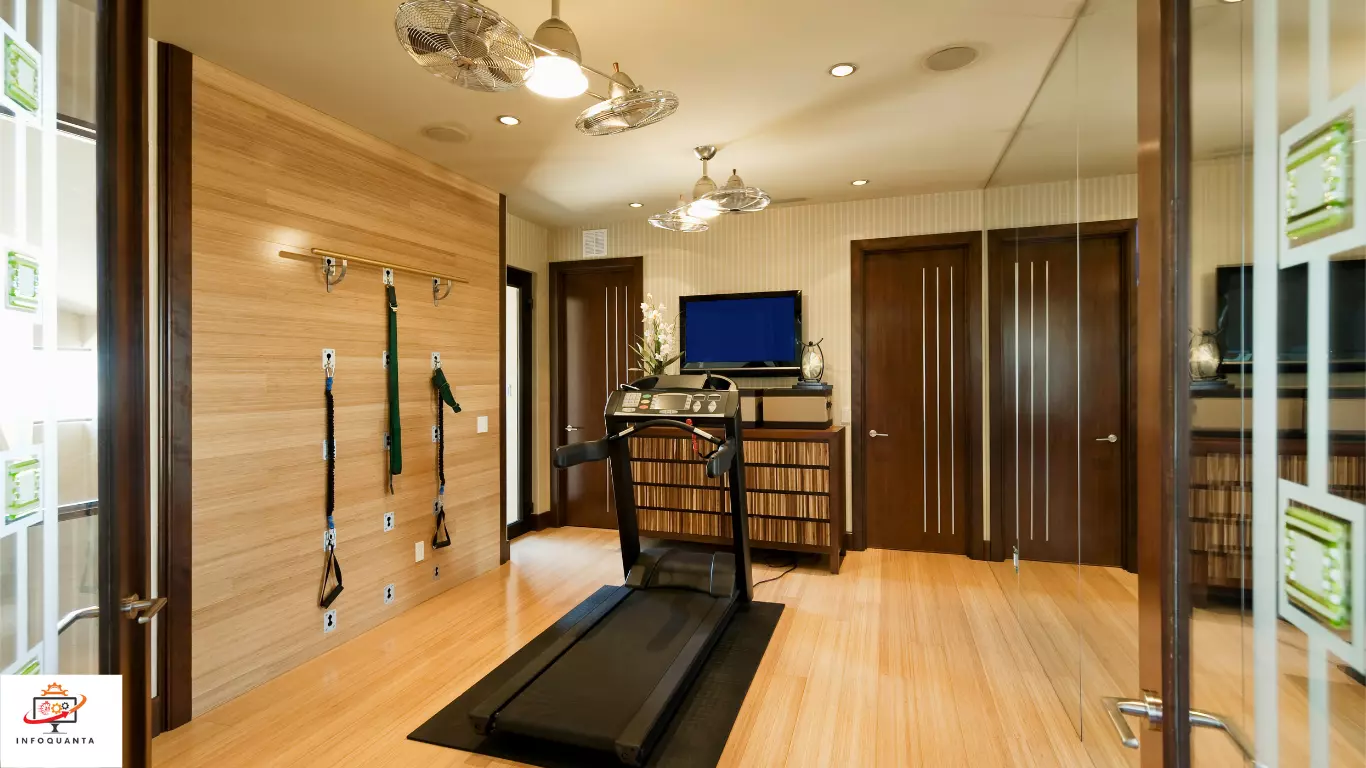High traffic areas in homes, offices, and commercial spaces require flooring that not only looks aesthetically pleasing but also stands up to the rigors of constant footfall. Safety is a paramount concern, and slip resistance is a crucial factor to consider when selecting the ideal flooring material.
In this comprehensive guide, we’ll delve into the world of flooring options for high traffic areas, compare slip-resistant materials, and address frequently asked questions to help you make an informed decision.
Why Slip Resistance Matters
Slip and fall accidents are among the leading causes of injuries, both in residential and commercial settings. This makes choosing slip-resistant flooring an essential aspect of any high traffic area’s design. Factors such as moisture, spills, and the type of footwear people wear contribute to the risk of slips. Slip-resistant flooring materials mitigate these risks and provide a secure surface for walking.
Comparing Slip-Resistant Flooring Materials
When it comes to slip-resistant flooring materials, several options stand out due to their unique properties and safety features:
- Porcelain Tile: Known for its durability and resistance to moisture, porcelain tile is an excellent choice for high traffic areas. Its textured surface enhances slip resistance, making it a popular option for both indoor and outdoor spaces.
- Vinyl Flooring: Vinyl is not only cost-effective but also offers a wide range of styles and patterns. Textured vinyl flooring provides enhanced slip resistance and is easy to maintain, making it suitable for busy areas.
- Rubber Flooring: Rubber flooring is inherently slip-resistant and offers excellent shock absorption. It’s commonly used in gyms, healthcare facilities, and kitchens due to its cushioning effect and anti-fatigue properties.
- Natural Stone: Materials like granite and slate can be treated to provide slip resistance. These elegant options are often chosen for their aesthetic appeal in upscale commercial spaces while ensuring safety.
- Epoxy Flooring: Epoxy coatings can be applied over existing surfaces, creating a seamless and slip-resistant finish. This option is favored for industrial settings and areas with heavy machinery.
- Cork Flooring: Cork is a sustainable option that offers inherent slip resistance due to its natural texture. It’s comfortable to walk on and provides thermal insulation as an added benefit.
FAQs:
1: Which flooring is best for high traffic areas?
A: Porcelain tile, rubber, and vinyl are top choices due to their durability and slip-resistant properties.
2: Can hardwood flooring be slip-resistant?
A: Yes, certain hardwoods with textured finishes or matte sealants can offer slip resistance. However, it’s recommended to add rugs or runners for enhanced safety.
3: Is there a universal slip rating for flooring?
A: Yes, the coefficient of friction (COF) measures slip resistance. Higher COF values indicate better slip resistance.
4: How can I maintain slip-resistant flooring?
A: Regular cleaning with non-abrasive methods is crucial. Avoid using wax or polish, as they can reduce slip resistance.
5: Are there eco-friendly options for slip-resistant flooring?
A: Yes, cork and bamboo flooring are sustainable choices that also provide slip resistance.
Conclusion:
Selecting the right slip-resistant flooring material for high traffic areas is essential for both safety and longevity. Consider factors such as the specific area’s usage, maintenance requirements, and aesthetic preferences when making your choice. By prioritizing slip resistance, you create a secure environment that promotes safety and peace of mind for everyone who walks through your space.

